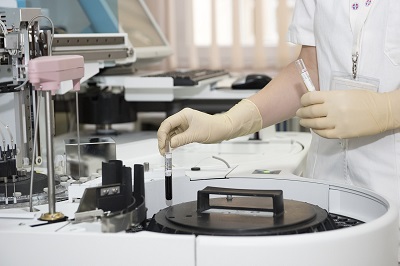To obtain FDA certification (or clearance) for a Class I medical device, you need to fulfill certain requirements and follow specific procedures as outlined by the FDA. Here are the key requirements and steps:
Requirements for Obtaining FDA Certification for Class I Medical Devices:
Device Classification:
- Verify that your medical device meets the FDA definition and classification criteria for Class I devices. Class I devices are generally low-risk and include items such as tongue depressors, bandages, and non-powered surgical instruments.
Compliance with General Controls:
- Class I devices are subject to FDA's general controls, which include requirements such as:
- Establishment registration: Manufacturers must register their facilities with the FDA.
- Device listing: Devices must be listed with the FDA, detailing information about the device and its manufacturer.
- Labeling requirements: Devices must be properly labeled with accurate and clear information, including intended use, warnings, and directions for use.
Premarket Notification (510(k)):
- Most Class I devices require submission of a 510(k) premarket notification to demonstrate substantial equivalence (SE) to a legally marketed predicate device that does not require premarket approval (PMA).
- Prepare and submit the 510(k) application to the FDA, including:
- Device description: Detailed description of the device, its intended use, and technological characteristics.
- Proposed labeling: Indications for use, warnings, and directions for use.
- Summary of device testing: Performance data demonstrating safety and effectiveness.
- Declaration of conformity: Confirmation that the device meets FDA-recognized standards (if applicable).
Quality System Regulation (QSR):
- Although Class I devices are generally exempt from most QSR requirements (21 CFR Part 820), manufacturers are still required to adhere to certain basic quality assurance and labeling requirements.
Biocompatibility and Safety Testing:
- Provide evidence of biocompatibility and safety testing as applicable, ensuring that the device materials and design are safe for their intended use.
FDA Review and Clearance:
- The FDA will review your 510(k) submission to determine if your device is substantially equivalent to the predicate device and meets all regulatory requirements.
- Upon successful review, you will receive a clearance letter from the FDA, allowing you to market your Class I medical device legally in the United States.
Additional Considerations:
Exemptions: Some Class I devices may be exempt from the 510(k) submission process if they meet specific criteria defined by the FDA. These exemptions are outlined in FDA regulations (21 CFR Part 862-892).
FDA Guidance: Utilize FDA guidance documents and resources to navigate the regulatory requirements effectively and ensure compliance throughout the certification process.

Contact Us:
Whatsapp or Wechat:+86 15816864648;email address:hito.lin@grzan.cn
.png)
.jpg)

.png)

.png)